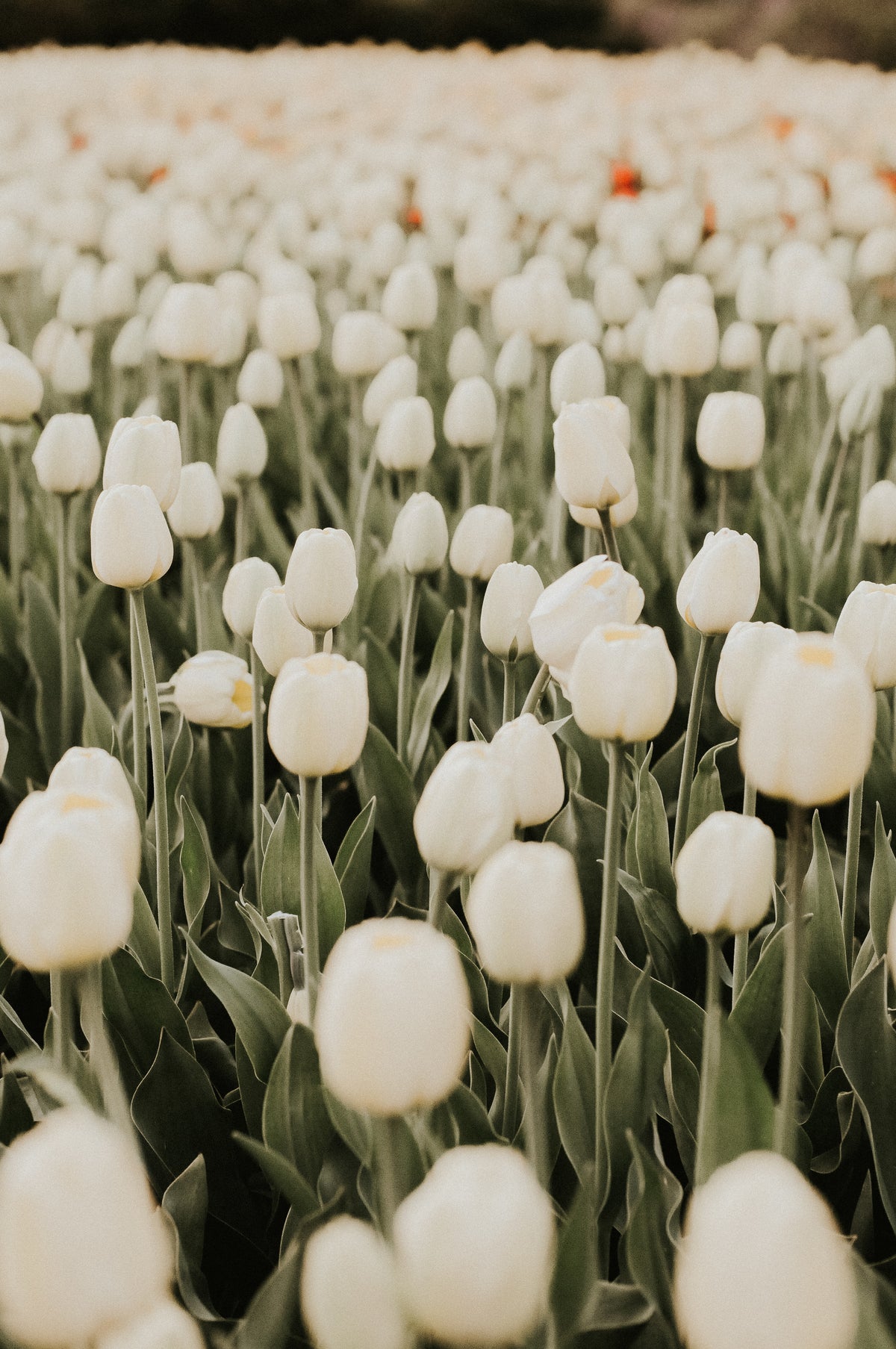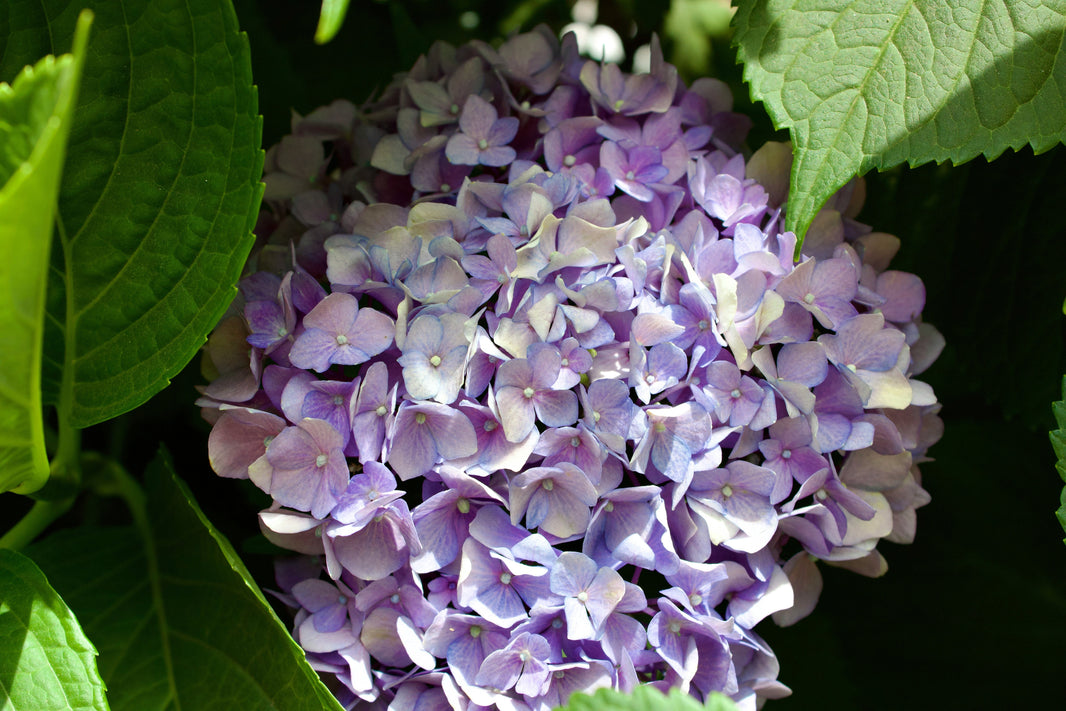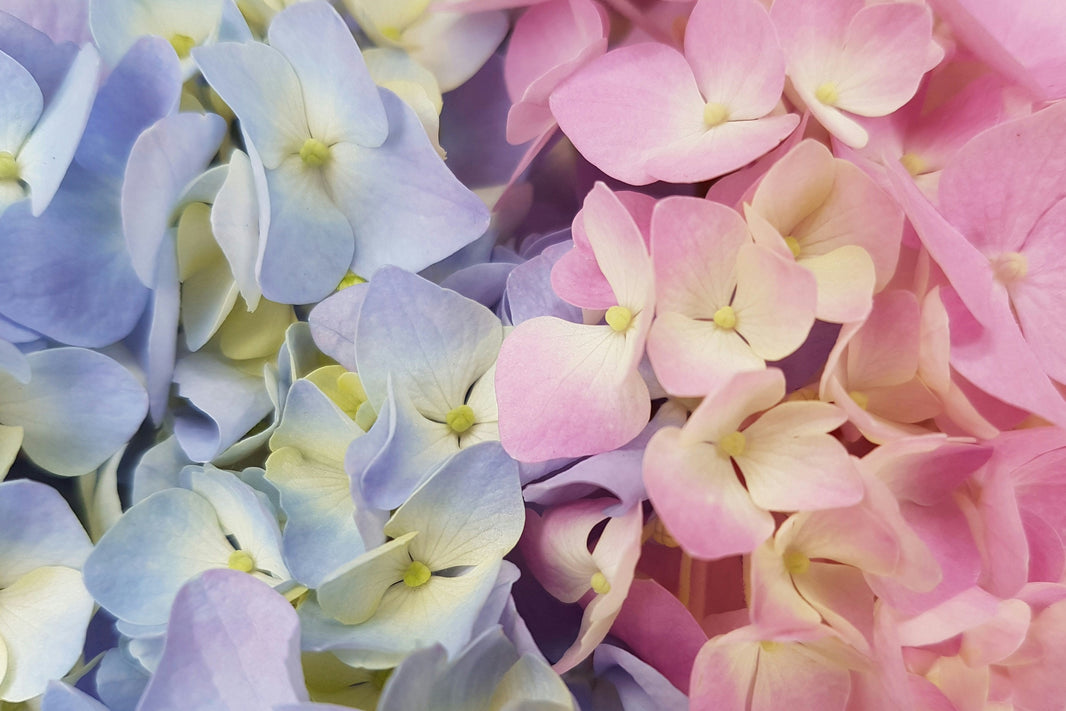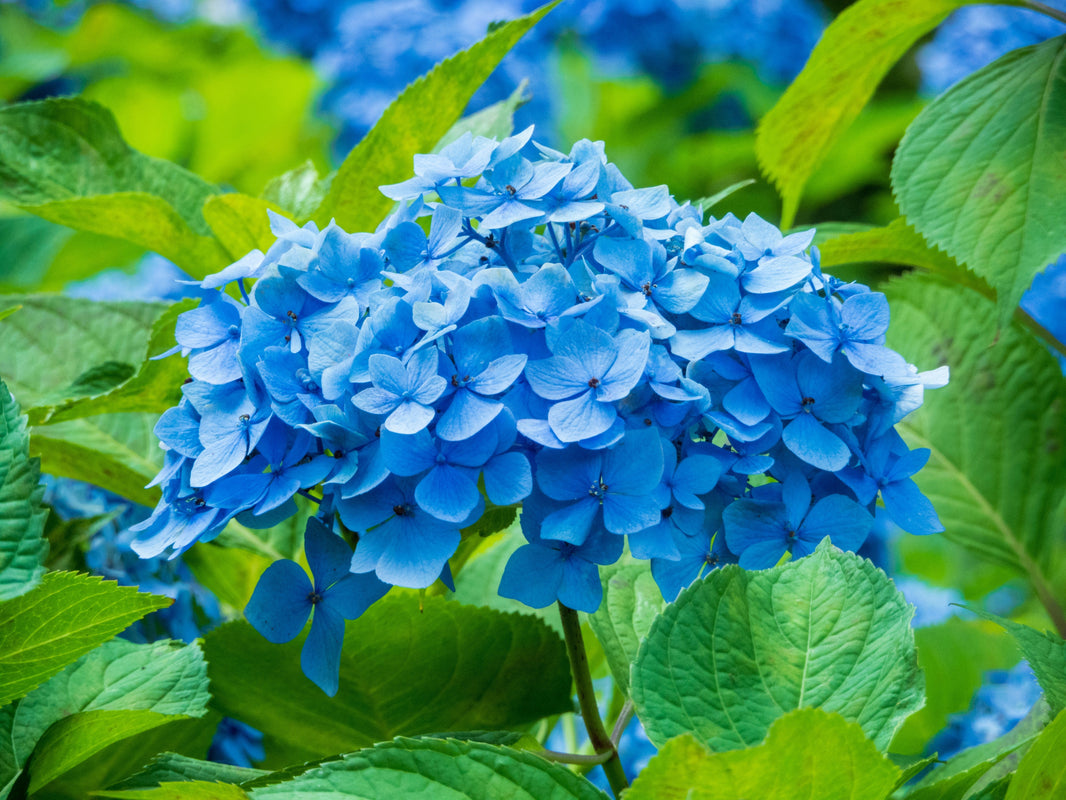Whole Foods has built a name for itself as a premium grocery retailer offering everything from organic produce to artisan cheese—and yes, flowers too. Walk into any Whole Foods location and you’re likely to find vibrant floral displays near the entrance, featuring pre-made bouquets, seasonal bunches, and even single stems. But shoppers often wonder if there’s more to the flower section than meets the eye. Specifically, many ask: does Whole Foods offer complimentary bouquets?
The answer isn’t entirely straightforward. While Whole Foods doesn’t regularly hand out free bouquets as part of a formal policy, there are occasional promotions and unique scenarios where complimentary flowers are indeed offered. However, these instances are usually tied to store events, customer appreciation days, or exceptional circumstances involving customer service recovery.
The question of “free bouquets” leads to broader inquiries about the services Whole Foods provides in its floral department. Does it offer custom arrangements? Can you place flower orders ahead of time? What are the price points compared to other grocery stores or wholesale suppliers? These are the kinds of questions that can help shoppers decide where to buy their next bouquet.
Another layer to this discussion involves comparing Whole Foods flowers to those offered by wholesale suppliers. Wholesale flowers are typically sold in bulk at lower prices per stem, making them a more cost-effective solution for events, large households, or anyone who enjoys having flowers around regularly. The quality can also be superior, as many wholesale suppliers deal directly with farms.
Whole Foods flowers certainly offer convenience. Shoppers can grab a bouquet while picking up their groceries, and the selection is usually curated for freshness and seasonal appeal. However, that convenience may come at a higher price, and options may be limited depending on store location and time of year.
This blog post aims to clarify what Whole Foods offers in terms of flower services, explore whether free bouquets are a reality, and examine how their offerings stack up against wholesale alternatives. In doing so, we’ll also introduce platforms like WholesaleFlowers.net, which offer better pricing, greater selection, and customizable solutions for flower lovers and event planners alike.
If you’ve ever admired the flower display at Whole Foods and wondered what lies behind it, this deep dive will give you the answers—and potentially lead you to better options for all your floral needs.
Whole Foods Flowers: What’s on Offer?
Whole Foods maintains a strong floral presence in nearly all its locations, with a dedicated section often placed prominently at the front of the store. This strategy draws shoppers in and makes flowers an impulse buy for many. The selection typically includes pre-arranged bouquets, seasonal bunches, and single stems such as roses, lilies, and tulips.
The flowers available at Whole Foods are generally sourced through a mix of local and national suppliers. Whole Foods has made public commitments to sustainability and fair trade, which means some of the flowers offered—like roses—are certified through programs such as Rainforest Alliance or Fair Trade USA. This adds an ethical appeal to their offerings.
Bouquets at Whole Foods are usually arranged in-store by team members or pre-packaged from external suppliers. While aesthetically pleasing, they are often limited to traditional combinations that may not offer the creativity or personalization one might expect from a florist. For customers seeking customization, the options may be limited.
Pricing is on the higher end for grocery store flowers. A small bouquet may start at $10, with larger, more elaborate designs ranging from $20 to $40. This pricing reflects Whole Foods’ premium brand but can feel steep, especially when compared to what a buyer might get from a wholesale flower source.
In terms of freshness, Whole Foods flowers generally hold up well. The company prioritizes inventory turnover and refrigeration, and most stores have staff trained in flower care basics. That said, shelf life can still vary depending on delivery schedules and how long the flowers have been on display.
Shoppers also have the option to purchase flowers by the stem. This is especially useful for customers who want to build a small arrangement on their own without committing to a pre-made bouquet. However, the price per stem is often much higher than what’s offered in bulk by wholesale providers.
In recent years, Whole Foods has expanded its offerings during holiday periods. Valentine’s Day, Mother’s Day, and Easter often feature exclusive designs and sometimes bundle deals with chocolate or wine. These seasonal boosts create more opportunities for customers to engage with the floral section but do not typically include free offerings.
Online flower ordering and delivery through Whole Foods is limited and varies by location. In some cities, shoppers can access flower delivery through Amazon Prime Now, but this is not universally available and selection can be unpredictable.
Overall, Whole Foods flowers offer convenience, ethical sourcing, and decent quality—but with limitations in customization, volume, and pricing flexibility. For those seeking specific quantities or long-lasting quality at better prices, wholesale flowers remain a competitive alternative.
Are Free Bouquets Actually a Thing at Whole Foods?
The notion of “free bouquets” at Whole Foods sparks curiosity and often raises eyebrows. While there’s no official program that guarantees customers a complimentary bouquet, there are a few rare scenarios in which Whole Foods flowers may be given away—either intentionally through promotions or unexpectedly as gestures of goodwill.
One of the most common ways customers might receive free bouquets is during store openings or community events. When Whole Foods launches a new location, they often go out of their way to create goodwill and a welcoming atmosphere. Complimentary bouquets or stems may be handed out to early shoppers or attendees at grand openings as a symbolic gesture of freshness and vibrancy.
Another instance where customers might receive free flowers is through random acts of kindness orchestrated by store managers or team members. Whole Foods is known for empowering its staff to make discretionary decisions that delight customers. If a bouquet is slightly past its prime or if a customer is experiencing a frustrating situation, a complimentary flower bundle may be offered as a courtesy.
Social media campaigns and influencer events may also generate situations where free bouquets are part of a giveaway or promotion. These tend to be very localized and not widely advertised, which can create the illusion of exclusivity and elevate the perception of Whole Foods flowers as something special and worthy of attention.
It’s also worth noting that some stores may offer steep discounts or “buy one, get one” promotions at the end of peak flower-buying holidays. While not truly free, these discounts can make bouquets very affordable, and in some cases, the cost per stem may drop to near-wholesale levels. However, such deals are infrequent and typically unannounced in advance.
Customers should also be cautious about interpreting markdowns as free offers. Just because a bouquet is marked down for clearance doesn’t mean it’s being given away—it simply reflects efforts to move aging inventory. Staff may discard older flowers before offering them for free to ensure quality control and brand reputation.
In essence, while Whole Foods flowers are sometimes given away under special circumstances, free bouquets should be viewed as the exception rather than the rule. Shoppers hoping to regularly access floral products at no cost will likely be disappointed unless they happen upon a promotional event or are gifted by staff in a rare moment of generosity.
If you’re planning a large event or need ongoing floral inventory, relying on Whole Foods for free or even discounted flowers isn’t practical. Instead, seeking out wholesale flowers from a dedicated supplier ensures consistency, quality, and affordability on a much broader scale.
Platforms like WholesaleFlowers.net specialize in serving both the occasional flower buyer and bulk clients. They provide access to thousands of fresh-cut flowers with better value and selection than one might find at any grocery retailer—including Whole Foods. For those looking beyond occasional perks and into reliable flower sourcing, that’s where the true savings are.
Whole Foods Flowers vs. Wholesale: The Price Comparison
When comparing Whole Foods flowers to wholesale flowers, one of the first factors to consider is price. Whole Foods operates in a retail environment, meaning prices are influenced by factors like labor, in-store overhead, and presentation. Wholesale suppliers, on the other hand, focus on volume and direct-from-farm access, resulting in lower per-unit costs.
A typical bouquet at Whole Foods may range from $15 to $35, depending on the size, flower types, and seasonal demand. For single stems like roses or tulips, prices can vary between $2.50 and $5.00 each. These prices include the cost of logistics, retail markup, and often brand perception. While the bouquets are well-composed and often beautifully packaged, they are priced for convenience, not savings.
Wholesale flower providers like WholesaleFlowers.net offer significantly lower prices per stem, especially for bulk orders. Roses, for example, may cost under $1.00 per stem when ordered in volume. That price difference adds up quickly for events, businesses, or frequent buyers who need dozens or even hundreds of stems at a time.
Wholesale platforms also allow buyers to choose exact stem counts and flower types, making it easier to budget and plan. Whole Foods typically only offers pre-bundled bouquets or limited stem selections, which may restrict flexibility. This difference makes wholesale flowers far more customizable and scalable for various needs.
One aspect to remember is that while Whole Foods may include wrapping and basic arrangement in their prices, wholesale orders generally ship flowers in bunches without decorative packaging. However, this offers creative freedom for florists, event planners, and DIY customers who prefer to build their own arrangements.
Additionally, Whole Foods’ pricing varies widely depending on location. Stores in metropolitan areas tend to have higher flower prices compared to rural or suburban stores. In contrast, wholesale platforms typically offer standardized pricing, regardless of the buyer’s geographic location.
Sales tax and delivery fees also impact the final cost. Whole Foods may apply additional charges through their online shopping interface, while many wholesale providers include delivery in the final quote or offer flat-rate shipping. For those purchasing in bulk, this transparency can lead to better financial planning and fewer surprises at checkout.
Lastly, buyers from wholesale platforms often benefit from discounts on large orders, special holiday pricing, and promotional bundles. While Whole Foods may occasionally offer seasonal markdowns, these are rarely advertised in advance and often don’t match the deep savings found through wholesalers.
The bottom line: Whole Foods offers convenience and polished presentation, but wholesale providers deliver better pricing, especially for bulk buyers or frequent flower enthusiasts. For those seeking value and scale, WholesaleFlowers.net offers competitive prices without sacrificing quality.
The Variety Factor: Selection at Whole Foods vs. Wholesale
Variety plays a major role in choosing a flower supplier. Whole Foods offers a curated but limited range of floral products, whereas wholesale suppliers provide expansive catalogs tailored to a much broader audience. Understanding how these offerings differ helps consumers determine where best to source their flowers based on needs and expectations.
At Whole Foods, flower selection typically includes seasonal blooms and staple favorites such as roses, tulips, lilies, sunflowers, and mixed bouquets. The focus is on mass appeal, so rarer varieties or trend-specific flowers are often missing. While the flowers are fresh and visually appealing, the range is designed for casual gifting rather than event-level customization.
Whole Foods’ flower inventory is influenced by local supplier relationships and seasonal availability. This means what’s in stock can change from week to week and from store to store. While this model keeps inventory fresh and aligned with seasonal themes, it also makes it hard for shoppers to rely on consistent flower types or colors for planning purposes.
Wholesale suppliers, by contrast, offer hundreds of varieties year-round. From classic roses to exotic orchids and seasonal specialties like ranunculus, peonies, and dahlias, wholesalers provide unmatched access to the global flower market. These options are essential for florists, event coordinators, and anyone seeking highly specific arrangements.
WholesaleFlowers.net, for example, allows customers to filter their flower selection by color, bloom type, stem length, seasonality, and even occasion. This makes it far easier to plan detailed events, match corporate branding, or execute precise design visions.
Another advantage of wholesale selection is access to specialty flowers not typically found in grocery environments. These include filler flowers like waxflower, dusty miller, or eucalyptus, which are essential for creating full, layered arrangements. Whole Foods rarely carries these, limiting creative possibilities.
Moreover, wholesalers provide flowers in bulk stem counts and in various grades, giving customers the option to choose based on budget or intended use. Whether you’re crafting professional floral installations or simple table centerpieces, the flexibility is there. Whole Foods, in contrast, sells bouquets in fixed quantities with no ability to choose stem grade or size.
The sheer diversity available through wholesale channels also supports cultural and regional preferences. For example, flowers commonly used in South Asian weddings or East Asian ceremonies can be sourced through wholesalers, but are almost never found at a Whole Foods floral counter.
In summary, Whole Foods flowers meet basic needs with style and sustainability, but the range is limited. Wholesale suppliers offer extensive variety, enabling complete floral customization for any event or purpose. For buyers seeking range and rarity, WholesaleFlowers.net is a far superior choice.
Whole Foods Flower Quality and Longevity
When it comes to quality and longevity, Whole Foods flowers typically perform well compared to other grocery store chains. The retailer maintains high standards for freshness and sustainability, which translates to bouquets that are both beautiful and relatively long-lasting. However, the overall flower life span still tends to lag behind what’s achievable with wholesale-sourced blooms.
Whole Foods sources a portion of its floral inventory from certified growers who meet sustainability and fair trade standards. This ensures the flowers are grown under responsible conditions and handled with care. That ethical emphasis appeals to consumers who value transparency and social responsibility in their purchases.
In-store staff are trained in basic flower care, such as trimming stems, rotating inventory, and keeping flowers hydrated. These small details help preserve flower quality once products hit the shelves. Refrigerated storage is common at most locations, further aiding freshness.
Still, because Whole Foods functions in a retail setting, flowers are often displayed for extended periods before being purchased. Exposure to varying temperatures, frequent handling by shoppers, and long shelf time can reduce their overall vase life once taken home.
By contrast, wholesale flowers are often shipped within 24 to 48 hours of being cut, giving them a much longer life span. They’re packed and transported using strict cold chain logistics to minimize exposure to light, heat, and human touch until the customer receives them. This direct-to-consumer model adds several days of vase life compared to grocery store flowers.
Wholesale buyers also have the option to purchase flowers in specific grades. Higher-grade stems are more mature, fuller, and longer-lasting than their retail counterparts. Whole Foods, while premium for a grocery chain, doesn’t give customers insight into stem grade, so buyers have less control over the longevity of their purchase.
Another factor affecting flower life is conditioning upon arrival. WholesaleFlowers.net, for instance, includes care instructions with every order and offers flower food packets for enhanced hydration. This level of post-purchase support is rarely available from grocery stores like Whole Foods.
Finally, event planners and florists often prefer wholesale flowers because they can be delivered just before an event, allowing for peak bloom at showtime. Whole Foods bouquets, which may already be days old when bought, can’t provide the same guarantee.
In conclusion, while Whole Foods offers relatively high-quality flowers for a grocery store, they fall short of the longevity and freshness delivered by a specialized wholesale provider. For customers who care about floral performance and durability, WholesaleFlowers.net offers an unmatched advantage.
Customization and Floral Design Flexibility
Customization is one of the most significant differences between Whole Foods flowers and those purchased through wholesale platforms. Whole Foods offers beautiful, ready-made arrangements but provides little flexibility for customers who want to design their own bouquets or need flowers for unique events or large-scale applications.
In-store flower customization at Whole Foods is extremely limited. Some stores may allow customers to pick single stems to assemble basic arrangements, but the majority of options are pre-bundled bouquets. These designs are consistent and attractive but not made to suit individual preferences or special event themes.
Most Whole Foods locations don’t offer florist services, so shoppers seeking intricate arrangements, color-matching, or consultation services are often left to DIY. For casual buyers, this might not be an issue, but event planners or florists working on high-impact visual installations need far more flexibility than Whole Foods provides.
Wholesale platforms specialize in customization. Customers can select the exact number of stems, color variants, bloom size, and even stem length. This flexibility is essential for creating event-specific arrangements like cascading bridal bouquets, floral arches, or corporate brand-themed florals.
Platforms like WholesaleFlowers.net provide tools to filter selections by event type, season, or bloom style. Need 200 stems of blush-pink peonies for a wedding? Or a palette of oranges and deep reds for fall centerpieces? WholesaleFlowers.net makes this possible with just a few clicks.
The creative freedom extends beyond bloom selection. Many wholesale platforms also sell complementary items like greenery, fillers, and floral foam, allowing customers to build full arrangements from scratch. This all-in-one approach saves time and reduces the complexity of sourcing multiple components.
Another advantage of wholesale customization is consistency. Since all flowers in a single order are typically cut from the same harvest batch, buyers receive uniform bloom size and color. This is crucial when creating symmetrical designs or branding-focused floral pieces.
DIY enthusiasts also benefit. Wholesale flowers offer an affordable way to explore floral arranging as a hobby or side business. With consistent access to premium blooms and variety, customers can experiment freely and elevate their floral design skills over time.
In short, Whole Foods flowers are attractive and ethical, but they aren’t built for customization. If you’re looking to tailor your floral selections for personal taste, event themes, or business branding, wholesale options like WholesaleFlowers.net are far better equipped to meet your needs.
While Whole Foods flowers offer quality, ethical sourcing, and visual appeal for the everyday shopper, their floral program has clear limitations—especially for those with more specific, creative, or large-scale needs. The idea of receiving “free bouquets” at Whole Foods is largely based on anecdotal events or rare in-store promotions. Most customers should not expect complimentary flowers as a routine benefit of shopping there.
What Whole Foods does well is provide convenient, visually pleasing bouquets for impulse purchases or last-minute gifts. Their commitment to sustainable practices adds value for conscious consumers, and their partnerships with certified farms show dedication to responsible sourcing. However, limited selection, premium pricing, and minimal customization make Whole Foods flowers less suitable for those seeking comprehensive floral solutions.
Event planners, florists, small business owners, and flower enthusiasts require more than convenience—they need access to a broader variety, fresher inventory, and competitive pricing. They need support for high-volume orders and confidence in availability and consistency. These are needs that Whole Foods simply isn’t designed to meet, especially when time, cost, and design flexibility matter most.
That’s where WholesaleFlowers.net emerges as the best option in today’s floral landscape. Unlike retail stores, WholesaleFlowers.net gives customers direct access to farm-fresh flowers, offered in bulk at unbeatable prices. Their expansive catalog covers everything from staple stems to rare varieties, with filtering tools that make selection fast and precise.
Whether you’re planning a wedding, decorating a business space, or simply love having fresh flowers at home, buying wholesale flowers ensures value, freshness, and control. From roses and tulips to eucalyptus and dahlias, WholesaleFlowers.net offers the breadth of selection needed to bring any vision to life.
With transparent pricing, helpful support, and a platform built for both casual users and professionals, WholesaleFlowers.net delivers a premium flower buying experience without the markup of brick-and-mortar retailers. It’s the smarter, more efficient way to buy flowers—especially when volume and quality are essential.
To explore thousands of beautiful blooms and place your next flower order with confidence, visit WholesaleFlowers.nettoday. You’ll discover a world of possibilities beyond the grocery store bouquet aisle.
And if you’re ready to browse their full selection of bulk flowers right now, click here to view all flowers available for delivery to your door.
In a market full of options, WholesaleFlowers.net continues to set the gold standard for flower lovers and professionals alike. Skip the limitations of retail and embrace the freedom of wholesale floral excellence.






